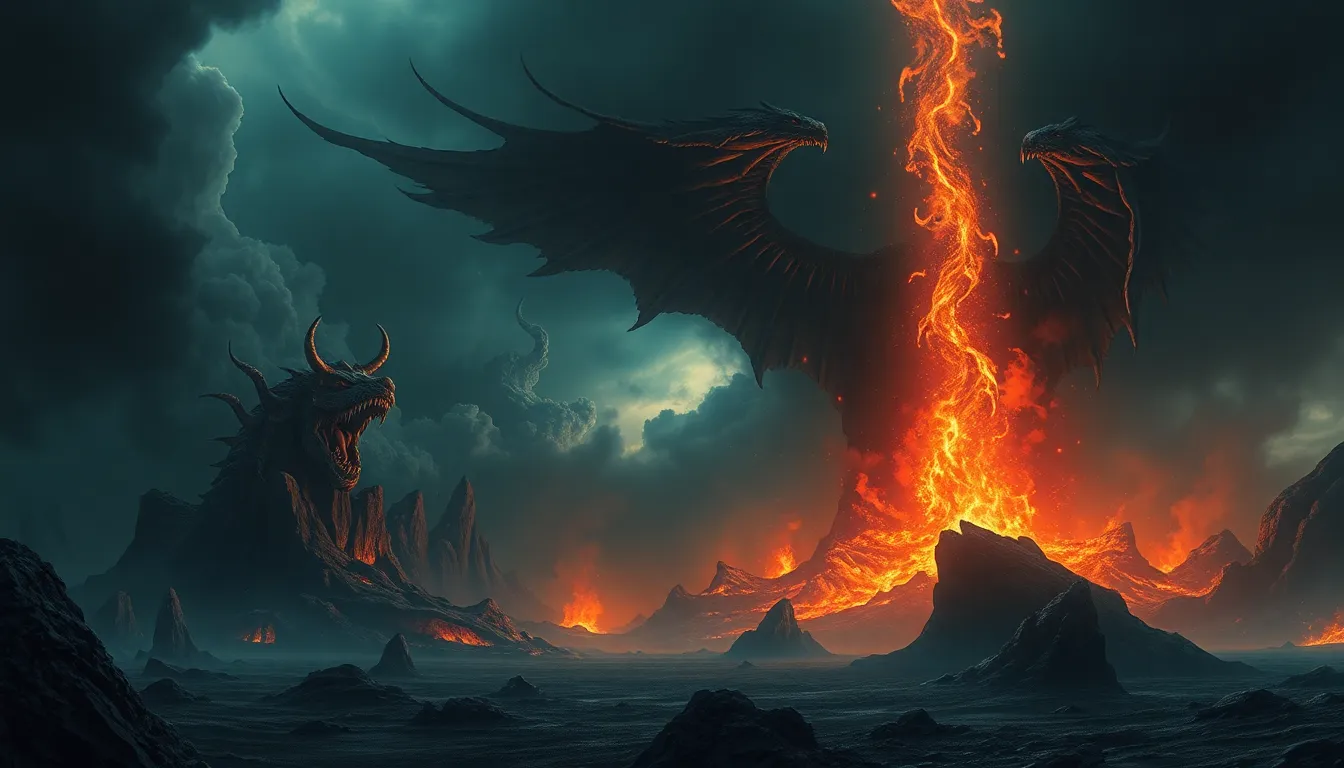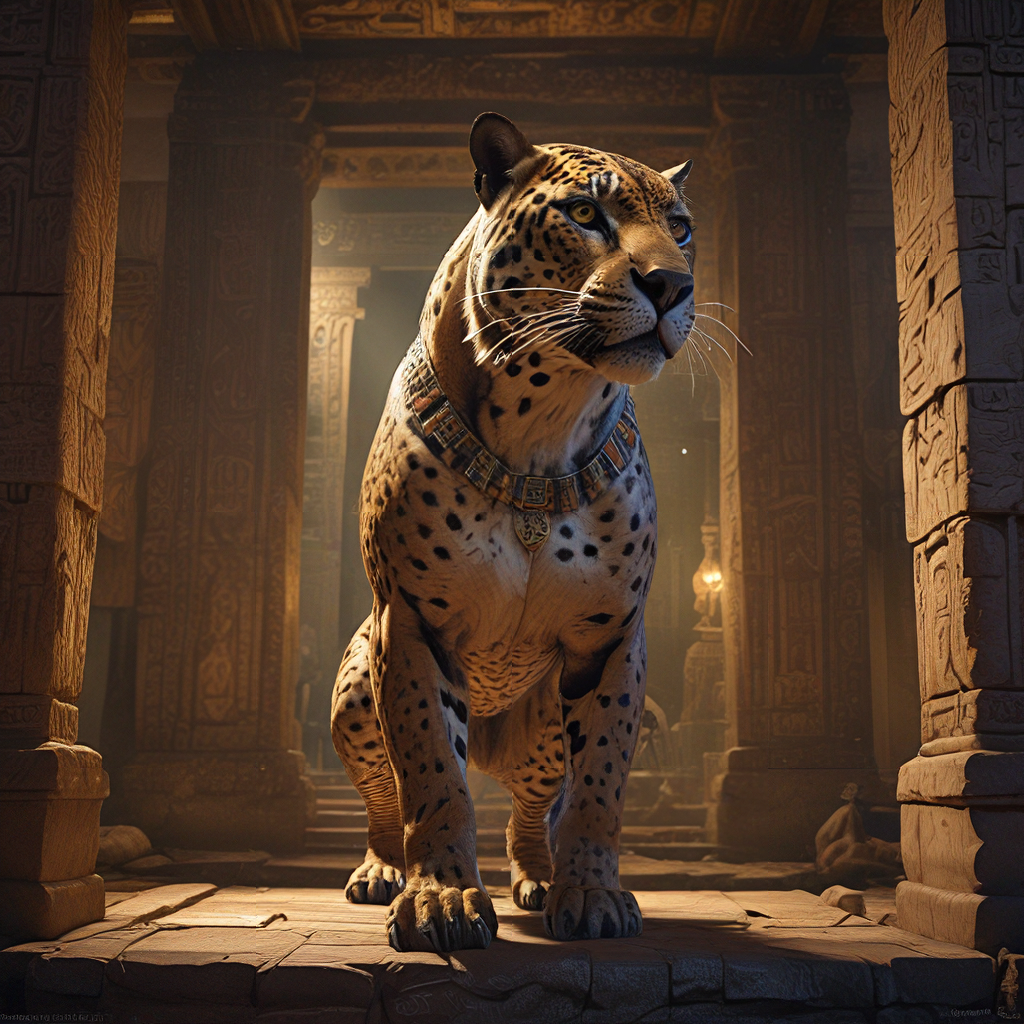Doomsday Myths: The Legends That Shape Our Fears
I. Introduction
Doomsday myths are narratives that center around the end of the world or significant catastrophic events that threaten human existence. These legends often draw from cultural, religious, and historical contexts, shaping the fears and anxieties of societies throughout time.
Understanding doomsday myths is crucial in contemporary society, as they influence public perception and behavior regarding existential threats. This article explores the historical context, major cultural narratives, psychological impacts, and modern interpretations of doomsday myths, while also addressing the role of religion and media in perpetuating these fears.
II. Historical Context of Doomsday Myths
The origins of apocalyptic beliefs can be traced back to ancient civilizations. Many societies, including the Sumerians, Egyptians, and Greeks, had their own versions of end-time prophecies, often linked to natural disasters or divine retribution.
Key historical events, such as plagues, wars, and natural disasters, have fueled doomsday legends. For instance, the Black Plague in the 14th century led many to believe that the world was facing divine judgment.
As time progressed, doomsday myths transitioned through various cultural lenses, adapting to the fears of different eras, ultimately influencing modern apocalyptic narratives.
III. Major Doomsday Myths Across Cultures
Across cultures, several major doomsday myths stand out:
- The Mayan Calendar and 2012 Predictions: The end of the Mayan calendar on December 21, 2012, sparked widespread belief that the world would end, despite the Mayans themselves viewing it as a transition rather than an apocalypse.
- The Christian Apocalypse and the Book of Revelation: Central to Christian eschatology, the Book of Revelation describes a series of catastrophic events leading to the final judgment and the establishment of a new heaven and earth.
- Norse Mythology: Ragnarök: This myth describes a series of events, including a great battle and natural disasters, culminating in the death of gods and the rebirth of the world.
- Hinduism: The Cyclical Nature of Time: Hindu beliefs portray time as cyclical, with the end of one cycle leading to destruction and the eventual rebirth of the universe.
IV. Psychological Impact of Doomsday Myths
The psychological impact of doomsday myths is profound, often leading to fear and anxiety among individuals and communities. The anticipation of catastrophic events can affect mental health and lead to a sense of helplessness.
Doomsday myths also shape societal behavior. For example, certain groups may engage in extreme preparations for perceived apocalyptic events, while others may adopt nihilistic attitudes.
Individuals facing these fears often employ various coping mechanisms, including:
- Seeking information and understanding to demystify their fears.
- Engaging in community support and discussions about apocalyptic beliefs.
- Turning to spiritual or religious practices for solace and hope.
V. Media and Pop Culture’s Influence on Doomsday Fears
Media and popular culture play significant roles in shaping and amplifying doomsday fears. Films, books, and television series often depict apocalyptic scenarios, influencing public perception and generating interest in potential catastrophes.
The news media can further exacerbate these fears by highlighting disasters, conflicts, and potential threats, presenting them as imminent dangers. Social media also contributes to the spread of doomsday myths, allowing misinformation to proliferate quickly.
VI. Modern Interpretations of Doomsday Myths
In the modern context, doomsday myths have taken on new interpretations, often reflecting contemporary concerns:
- Climate Change: Increasing awareness of environmental degradation has led to fears of catastrophic climate events that could threaten human survival.
- Technological Advancements: Fears surrounding artificial intelligence and other technologies have given rise to scenarios where humanity faces extinction due to its creations.
- Geopolitical Tensions: The threat of nuclear warfare and global conflicts has reignited apocalyptic fears reminiscent of the Cold War era.
VII. The Role of Religion in Perpetuating Doomsday Myths
Religion plays a significant role in interpreting and propagating doomsday myths. Various religious teachings often include prophecies about the end times, which can instill fear but also provide hope for believers.
The intersection of faith and fear is evident in how apocalyptic scenarios are framed within religious contexts, influencing followers’ behaviors and beliefs.
Some religious movements center around apocalyptic beliefs, often leading to communities that prepare for or actively seek out signs of the end times.
VIII. Debunking Doomsday Myths
Debunking doomsday myths requires a scientific perspective. Many apocalyptic predictions are based on misinterpretations or a lack of understanding of science and history.
For instance, the Mayan calendar’s end date was misrepresented as a prediction of doom, when in fact it marked a new cycle. Historical inaccuracies and exaggerations often fuel these myths.
Critical thinking and skepticism are essential in navigating doomsday narratives, helping individuals discern fact from fiction.
IX. Conclusion
Doomsday myths have significantly shaped societal fears and behaviors throughout history. While they can serve as cautionary tales, it is vital to maintain a balance between awareness of genuine threats and avoidance of irrational fear.
Encouraging informed discourse about apocalyptic beliefs can foster understanding and mitigate unnecessary anxiety, allowing society to focus on constructive solutions to real-world challenges.
X. References and Further Reading
For those interested in exploring doomsday myths further, consider the following resources:
- The End of the World: A History of the Apocalypse by Derek McCullough
- Apocalypse: A History of the End of the World by John Michael Greer
- Ragnarök: The End of the Gods by A.S. Byatt
- Climate Change and the End of the World: A Reckoning by John Apter



